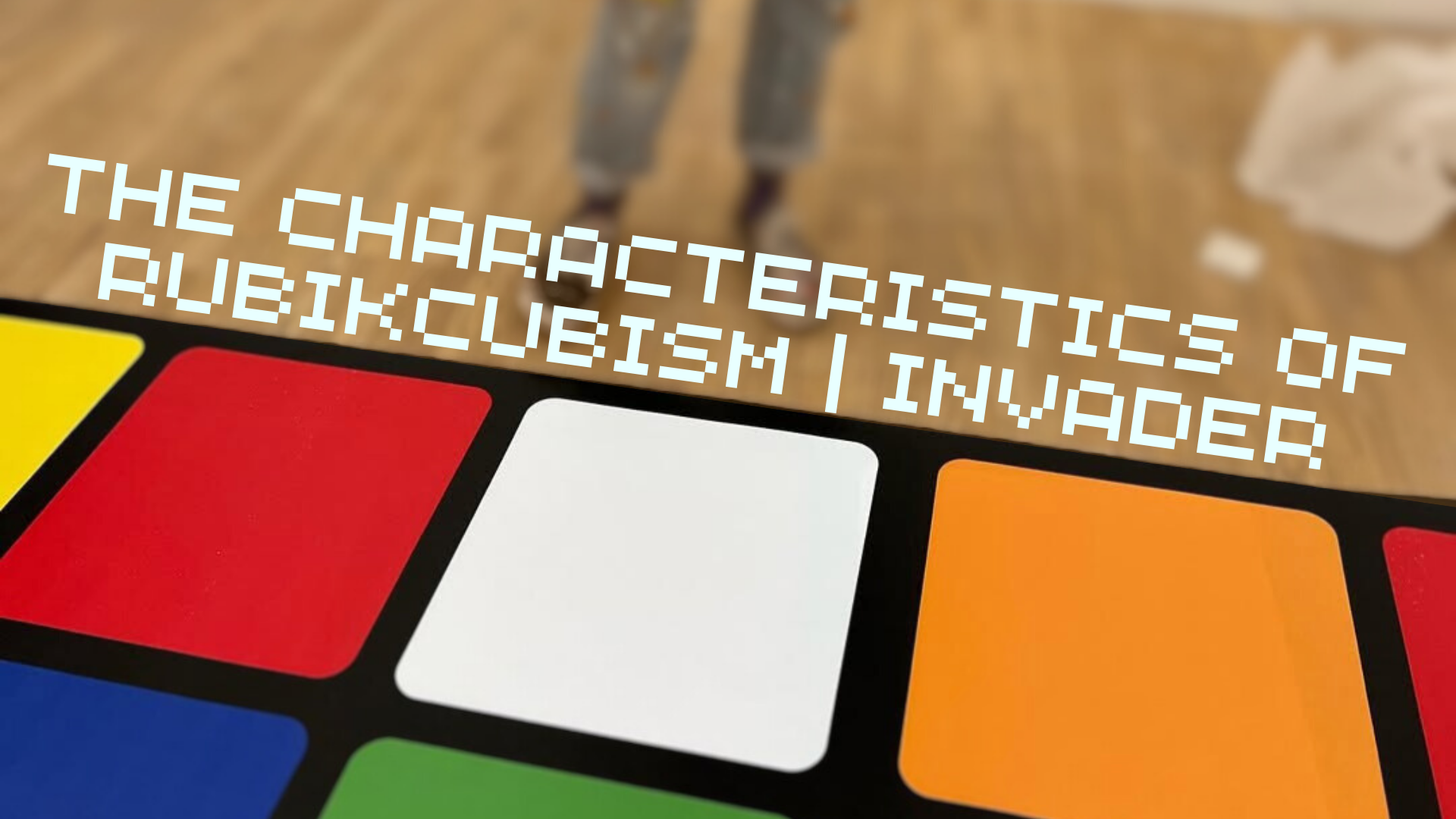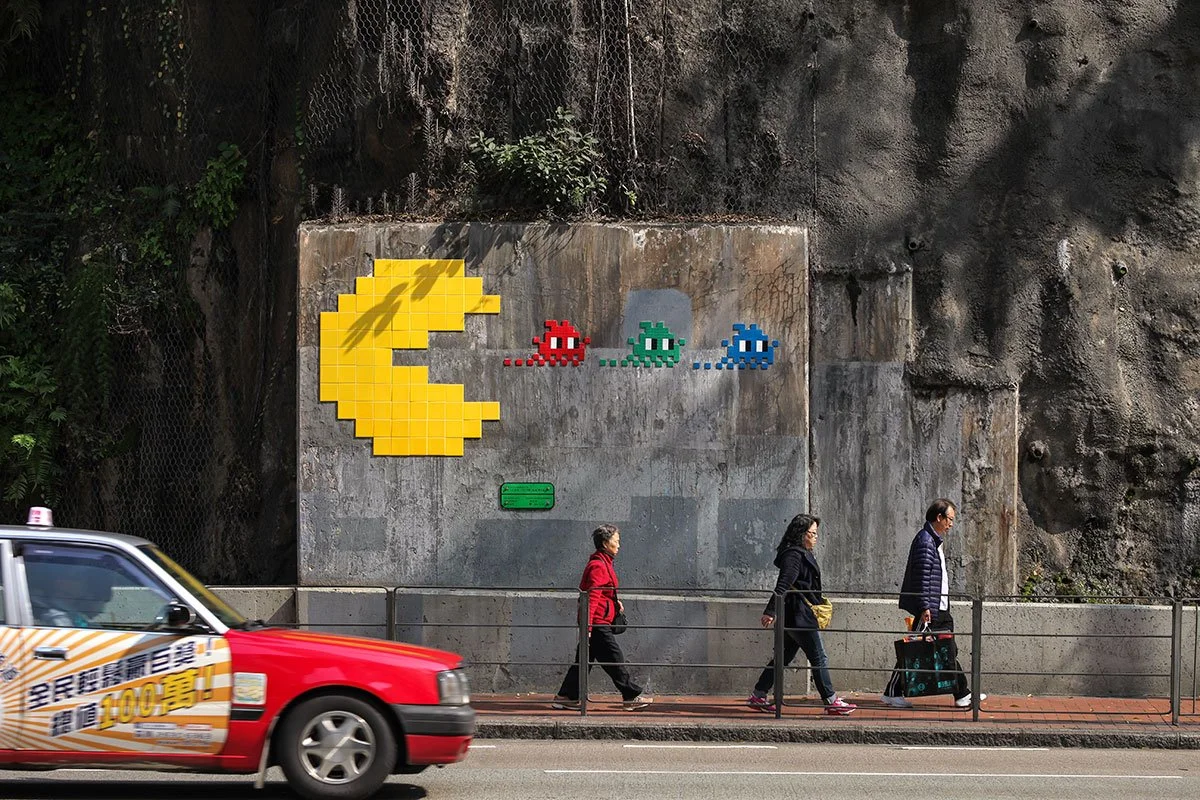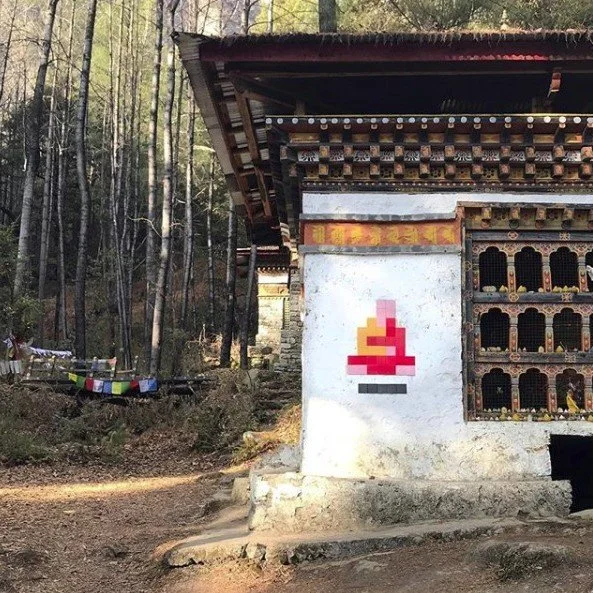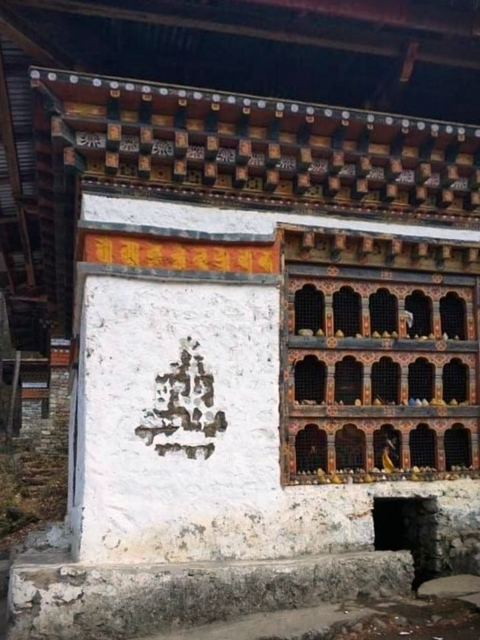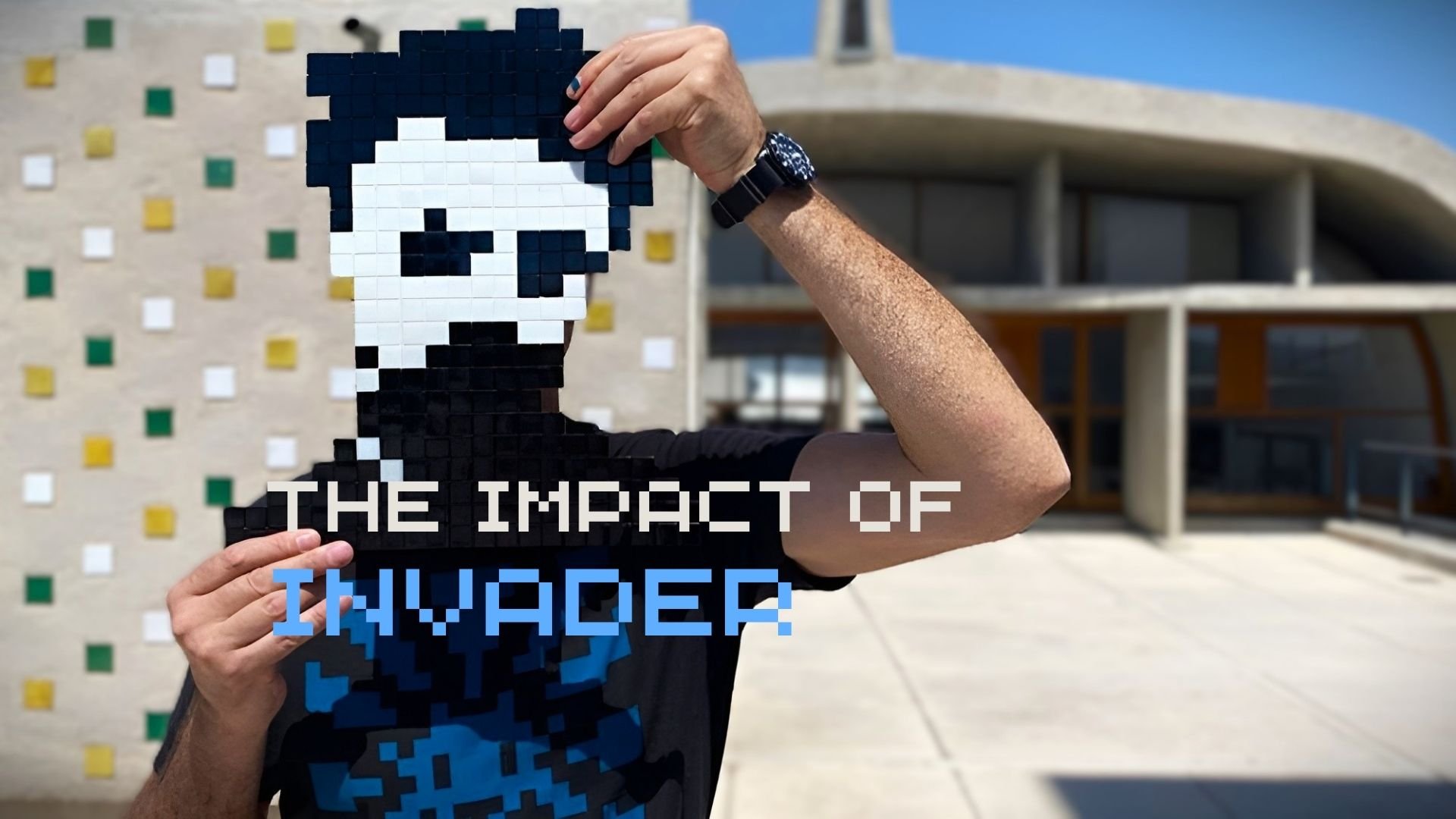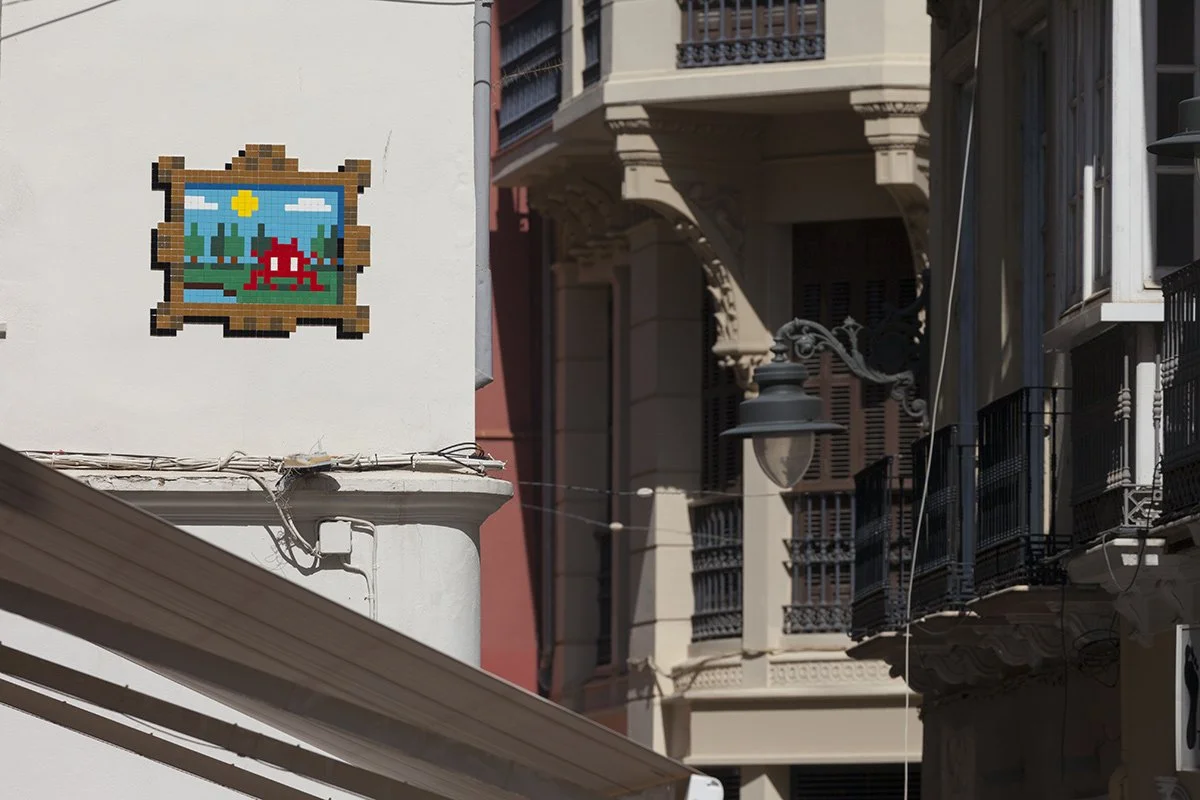The Removal of Invader’s Mosaics: The Government’s Actions
read more
Invader, the enigmatic French street artist, is known internationally for his pixelated mosaic installations inspired by classic video games. To date, Invader has placed his art in over 80 cities worldwide over two decades. However, his career has faced numerous challenges and setbacks. Not only does he have to deal with the issue of thievery, but Invader’s mosaics have also been removed by government authorities and city officials. What is the impact of such actions? Let’s find out.
HK_72
Removed
Introduction
Invader’s art transforms urban environments into interactive, visual playgrounds. By strategically placing his mosaics, he invites the public to engage with their surroundings in new and imaginative ways; specifically with FlashInvaders, the official application using augmented reality technology. These installations often blend seamlessly into the cityscape, creating a sense of discovery for those who encounter them.
But when governmental officials remove street art from the streets, it loses its purpose. The public lacks the interaction between street culture and society, further destroying the artist’s original motive of starting the project of Global Space Invasion and making art accessible to the general public.
FTBL_33
Reasons for Removal
Many cities have strict regulations against unauthorized public art. Without official permission, Invader’s works are often installed violating regulations. Alternatively, city officials may remove street art to maintain a certain aesthetic or to prioritize other urban development projects. Additionally, authorities may cite safety concerns, arguing that the installation process or the artworks themselves pose risks to the public or property. Various reasons combined make the artist’s work a target of removal by the officials.
Examples
Hong Kong
To date, there are 132 Invaders in Hong Kong, with 7 waves of invasion and scoring 4800 points in total.
One of these mosaics, HK_58, is a cartoon dog named after Hong Kong and a tribute to martial arts. It should be noted that the animated series did originate from America, instead of Southeast Asia. However, in early 2015, the Hong Kong Phooey Mosaic located in Happy Valley, Hong Kong was removed from the streets by the government, without saying much about the removal. Many of Invader’s mosaics in his third invasion wave of Hong Kong were removed, for which he was deeply saddened.
HK_58
Alias
Following the removal of the mosaic from the concrete wall, there was a massive offer for the Alias of the work.
An Alias is a one-and-only replica for any past or present works in the streets, but instead of being adhered to a concrete wall, it is adhered to a different surface. The surfaces vary from an acrylic sheet to glass, making each one of these works unique and valuable. In addition, they come with a signed certificate of authenticity, further increasing the value of the artwork itself. Although the original piece was destroyed, the alias was sold to a European collector for a fortune. The Alias of the martial dog has reached USD$258,000 at Sotheby’s auction.
Bhutan
Nearly a dozen pieces were placed in the Buddhist country in January 2018, with many on sacred Buddhist sites and buildings. Local Bhutanese, foreigners, and even Instagram followers have been outraged. The artist claimed to have obtained the permission of the Buddhist monks, but it did not stop the Department of Cultural Affairs from taking down every one of Invader’s works. This action sparked a heated debate, with many people, believing the immediate destruction of the pieces had been too harsh. The situation escalated and many argued that the artist had been false initially, blaming the cause of destruction on the artist.
BT_10
All of the Bhutanese people I’ve met were enchanted with it and I thanks them for their kindness and their great hospitality.
-Invader
The government removes many mosaics, but they are never discussed. It's common and reasonable for the government to remove graffiti and street art from walls they deem dangerous or they believe hinders development. But what impact does it have?
Impact
Firstly, the removal of Invader’s mosaics disrupts his artistic vision. This is because each piece’s location is carefully chosen, and contributes to the overall narrative and experience of his work. Secondly, the community loses a piece of interactive art. Invader’s mosaics encourage exploration and engagement with the urban environment. Invader’s works are designed to be accessible to everyone, and their removal diminishes the cultural richness of the area. Unlike traditional art forms, street art is temporary. Once removed, these pieces are lost forever. In Invader’s case, however, all of Invader’s pieces are luckily documented by the artist beforehand.
Broader Considerations
The Fleeting Nature of Street Art
Street art, by its very nature, is short-termed. Artists like Invader are aware that their works may be temporary, and are subject to the whims of weather, vandalism, or governmental action. This uncertainty is both a challenge and a defining characteristic of the genre.
However, Invader subverts the normalities. In his hands, ceramic tiles are used to replace ordinary paint. His works become impermeable to nature and external force, requiring much strength to remove them from the wall; forcefully becoming a permanent part of the streets. Whether you like it or not, they stay there forever.
Legal and Ethics
Street art often exists in a grey area between public and private spaces. In places where the legality of street art is in doubt, Invader installs his mosaics and hopes for the best. But, Illegal installation is an undeniable fact. Some pieces cannot escape from being removed.
At the same time, the removal of street art violates artistic freedom and censorship, which can be seen by some as a form of censorship. Is it restricting artistic expression in public spaces? This raises important questions about the balance between regulation and creative freedom.
Advocacy and Preservation Efforts
Art communities and organizations advocate for its preservation in response to the mass removal. Perhaps a good way to clear the smoke is by developing legal frameworks so the public can recognize the value of street art and provide avenues for its legitimate creation and preservation.
MLGA_19
Conclusion
The removal of Invader’s artworks by government authorities and city officials highlights the complex relationship between street art and public space. While these actions can disrupt the artist’s vision and deprive the community of cultural enrichment, they also underscore the ephemeral and rebellious spirit of street art.
For Invader, and street artists like him, navigating these challenges is part of the creative journey. By continuing to push the boundaries and engage with the public, they remind us of the power art has to transform our everyday environments.
As we reflect on the impact of these removals, it is essential to consider how we can support and preserve street art while respecting the legal and ethical considerations of public and private spaces. Through advocacy, awareness, and appreciation, we can help ensure that the vibrant legacy of street art endures.
All rights reserved
~
We do not own any copyrights to the photos used
~
All rights reserved ~ We do not own any copyrights to the photos used ~












